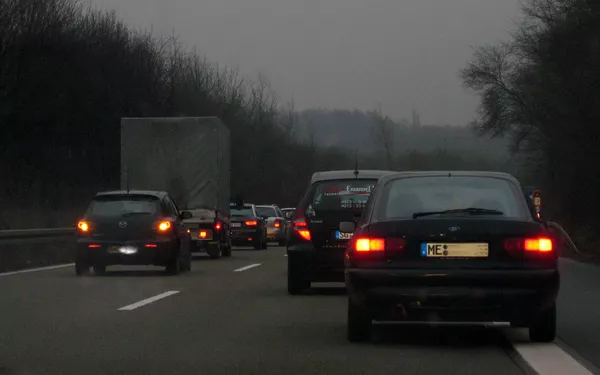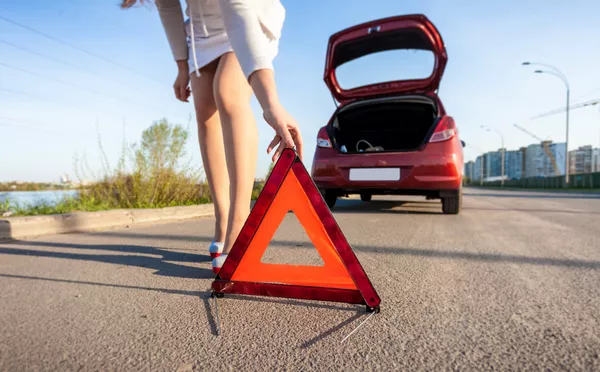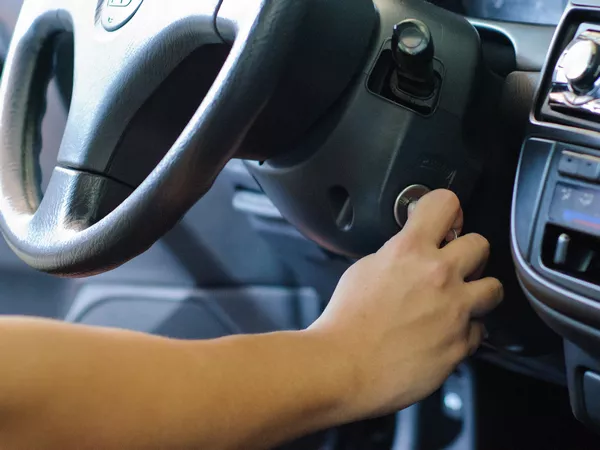Since a dead engine may come up anytime regardless of regular check-ups, it is necessary to know how to deal with these discomforts to ensure your safety on the road. Last time, we have published a post revealing 10 common reasons why your car won't start & How to troubleshoot them. Today, Philkotse.com will focus more on how to handle it if the car engine suddenly dies on the move.
1. Keep calm
Keeping your composure is important. Without composure, you cannot decide what prudent step to take to handle the problem. Blowing your composure means you has less control over things, which may lead to uneccessary hassles. On the other hand, keeping calm gives you ample time to dissect the issues to counter them.

Keeping calm gives you ample time to dissect the issues to counter them
2. Pull over to the side of the road
When you have been calm enough, you know that it’s best to move to the side of the road where other vehicles take to realize that your car’s being in trouble and will stand clear of you. However, to make sure you get to the side safely, remember to turn on the signal cars behind by activating the indicator light, then steer slowly to the outer roadside. Some motorists may struggle with moving their vehicles to the roadside as the engine power has gone. If so, they should adapt to the current situations to decide how to get to the side safely.
Video: New Driving Test - Pulling Over On The Right and Moving Away Safely
3. Switch the hazard lights on
The hazard lights should only be turned on when your car’s already on the outer roadside because they are the signals to other drivers to keep a sufficient distance with your car. If you turn these lights on while still in an attempt to the side of the road, other vehicles may find it confused about what direction you are actually heading.

If you turn these lights on while still in an attempt to the side of the road, other vehicles may find it confused
4. Get an early warning device ready for use
An early warning device is a reflectorized device that enforces other drivers’ visibility and with their attention increased, you’ll be less worried about others; instead, take time for dealing with your car’s problem. Whether you like to carry along a reflective warning triangle or not, it is included in the Philippine law that an early warning device is an obligatory accessory for cars.

An early warning device is an obligatory accessory for cars
6. Try to restart the engine
Now, after making sure you’re safe on the roadside, try to give it a shot to revive your vehicle. When the engine fortunately enough is brought back to life, consider if there’s any service center nearby so that you may find help there by two choices. First, you may risk driving to the center. Second (recommended), ask your passenger(s) to look after your car while you make it to the service center.

When the engine fortunately enough is brought back to life, consider if there’s any service center nearby
6. Call for help from a friend or a tow truck
Calling for help is a sign of trust given to other. Don’t think it’s hassling to your friend who will receive your call. In fact, as Benjamin Franklin effect has proved people will more likely like you when being asked. See, asking for help is actually building your fruitful relationship with others. In case calling friends seem futile, calling a towing service is the last but effective resort. In Philippine expressways, we have emergency hotlines; North Luzon Expressway even has its own call boxes for emergency at many intervals. Don’t forget to save those numbers in case of emergency.
>>> Read more: 8 helpful tips to properly tow a disabled vehicle

Calling a towing service is the last but effective resort
We just have been through the 6 things you should do when the car engine suddenly dies on the road. Hope you will apply what has been learnt from this article to real life to steer away from hassles and discomforts you may encounter while behind the wheel.
>>> Check out more car tips and advice on Philkotse.com











